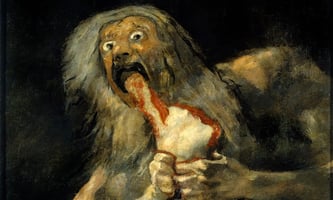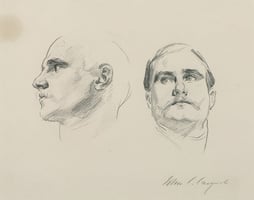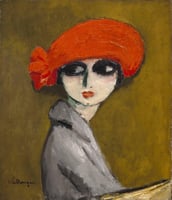The Black Paintings of Francisco Goya are not only some of the most important and influential...
Tips for Creating an Eye-Catching Painting Composition
Are you interested in creating beautiful and eye-catching paintings? If so, then composition is key. The composition of a painting is important in order to create a visually appealing and eye-catching work of art.
There are various factors to consider when composing a painting, such as the placement of objects, the use of color, and the overall balance of the composition. By following some simple tips, you can create a beautiful and eye-catching painting composition.
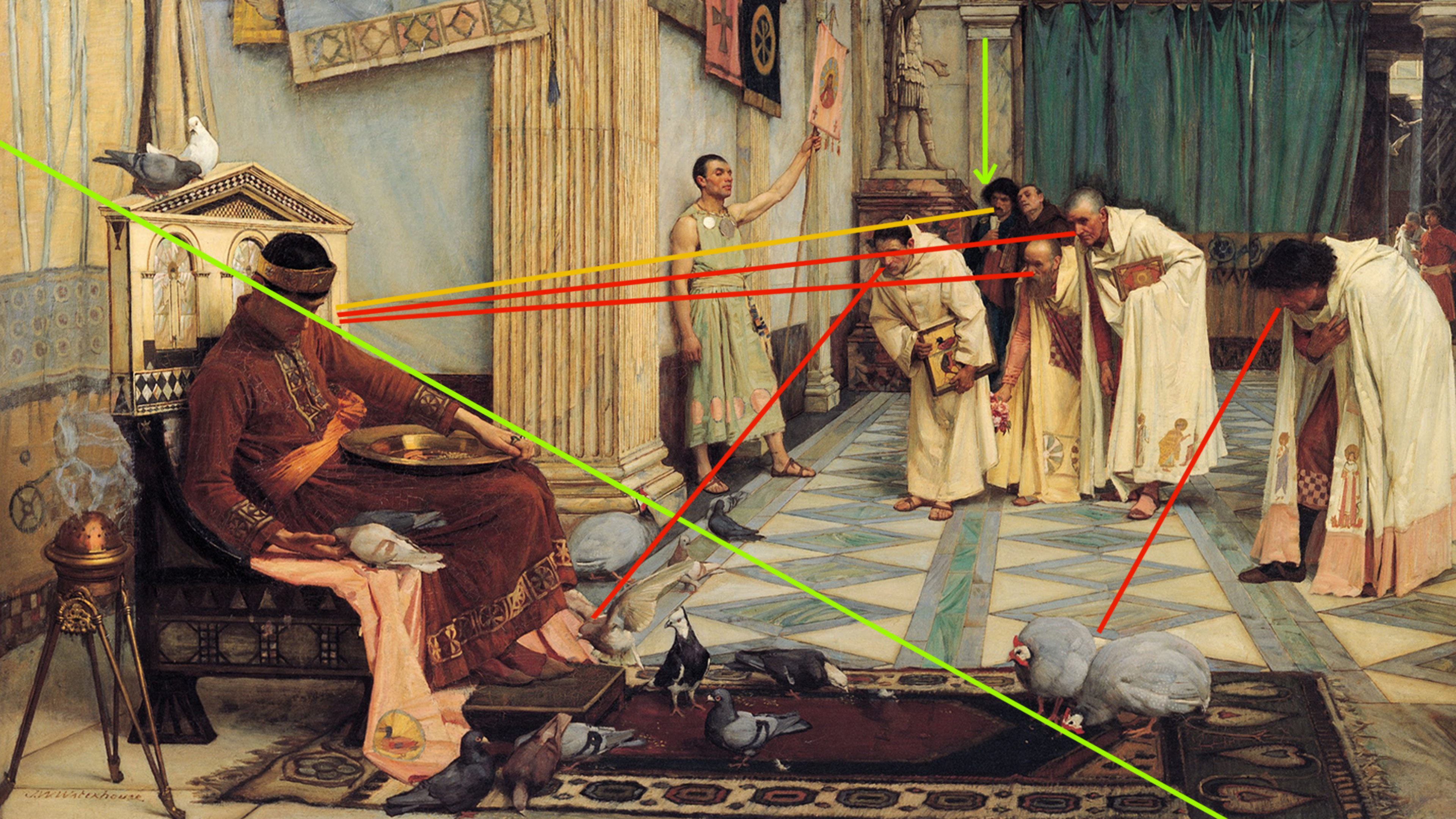
Here are some tips to keep in mind when composing a painting:
- Pay attention to the placement of objects in the painting. The placement of objects can make or break a painting composition. Make sure that the placement of objects is pleasing to the eye and creates a sense of balance.
- Use color wisely. Color can be a powerful tool when used correctly. Consider the colors you use carefully and use them to create contrast and visual interest.
- Keep the overall balance of the composition in mind. The composition should be pleasing to the eye and should not be too busy or cluttered.
By following these simple tips, you can create a beautiful and eye-catching painting composition. So get out there and start painting!
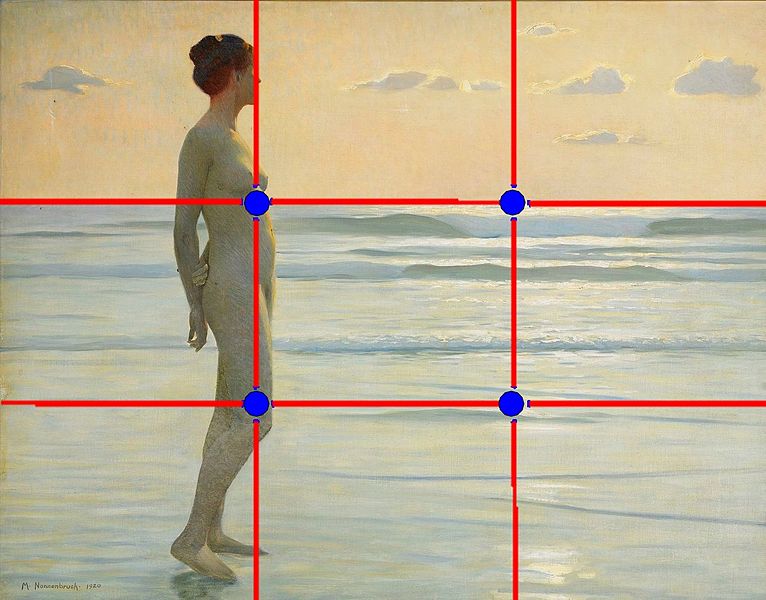
Creating a good painting composition is important if you want your painting to be eye-catching and pleasing to look at. But what makes a good composition?
There are several elements to consider, such as the subject of the painting, the arrangement of the elements within the painting, and the use of color, value, texture, and space. There are also several principles of design that you should take into account, such as unity, variety, balance, proportion, rhythm, and emphasis.
Let's take a closer look at each of these elements and principles.
The first thing to consider is the subject of the painting. This can be anything from a still life to a landscape to a portrait. Once you've decided on a subject, you need to decide on a composition, or the arrangement of the elements within the painting. This is where the elements of art and principles of design come into play.
You need to decide how to use the elements of art to create a pleasing composition. For example, you may use lines to create movement or shapes to create interest. You may use color to create mood or value to create depth. And you may use texture to add interest or space to create a sense of distance.
Once you've decided on a composition, you need to execute the painting. This is where your skills and techniques come into play. You need to know how to use the medium you are working in, whether it be oil paint, watercolor, or acrylic, and you need to know how to apply the paint to the canvas to create the desired effect.
After the painting is complete, you need to step back and evaluate your work. This is where you decide if the painting is successful or not. If you're not happy with the painting, you may make changes or even start over.
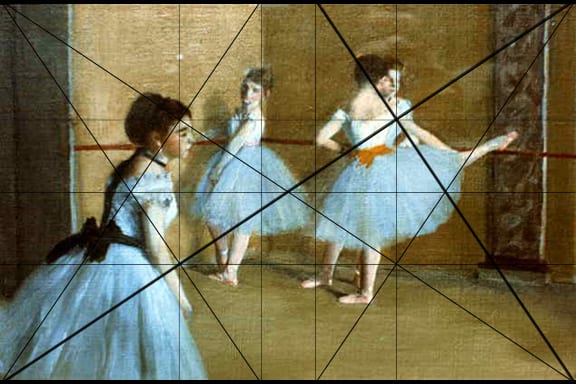
By taking the time to consider all of these elements, you can create a painting composition that is eye-catching, harmonious, and pleasing to look at.
When creating a beautiful painting, balance is key. You want to create a composition that is pleasing to the eye and has a focal point that will draw the viewer in. But how do you achieve this balance?
One of the most important elements of a well-balanced composition is the rule of thirds. This rule states that the various elements in the painting should be evenly spaced out within the painting. This creates a sense of harmony and helps the viewer to take in the whole painting.
Another way to create a well-balanced composition is to use symmetry. This means that the various elements in the painting should be arranged in a way that they mirror each other. This creates a sense of order and can help to lead the viewer's eye through the painting.
It is also important to consider the background when creating a painting. The background should complement the foreground and not compete with it. A busy background can distract from the main subject of the painting.
When it comes to choosing colors, it is important to use a range of light and dark colors. Light colors will appear to be further away, while dark colors will appear to be closer. This can help to create depth and interest in your painting.
Finally, you want to create movement in your painting. This can be done by using a variety of shapes, colors, and brushstrokes. You can also lead the eye through the painting by using a path of light or dark colors.
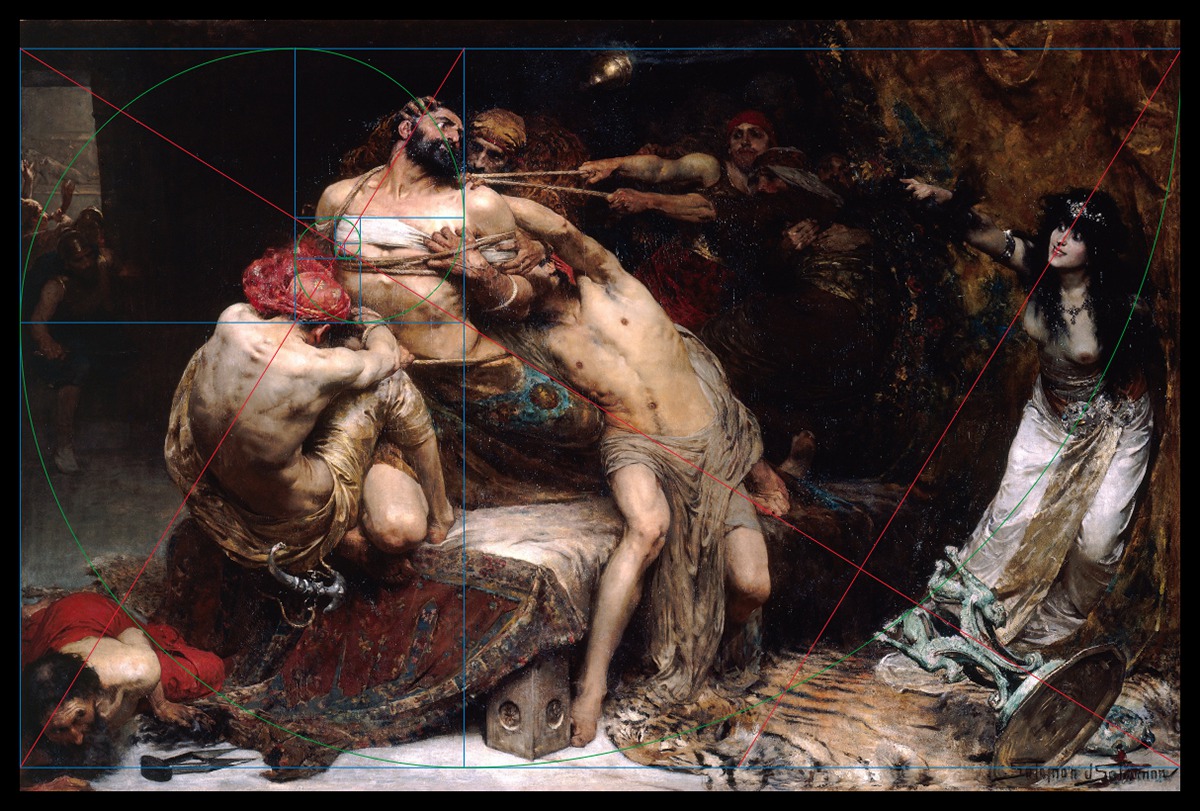
By following these tips, you can create a painting that is eye-catching and beautiful.
There are many ways to create an eye-catching painting composition. One way is to use a strong focal point. This could be a bright color, an interesting shape, or something else that stands out.
Another way to create an eye-catching composition is to use a contrast of colors. This can make the painting more dynamic and exciting. Texture can also be used to create an eye-catching composition. This can add depth and interest to the painting.
Finally, using a variety of shapes and sizes can also create an eye-catching composition. This can make the painting more visually interesting. There are many examples of eye-catching painting compositions out there.
A few examples include the use of color, symmetry, and contrast. Other examples include the use of leading lines, balance, and movement. Each composition is unique and it is up to the artist to decide what will work best for their painting.
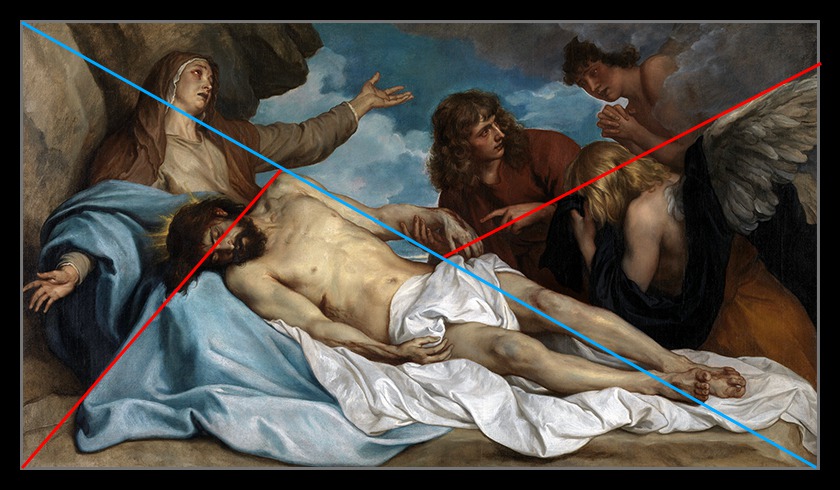
Experimentation is key when it comes to finding the right composition for a painting. Try out different techniques and see what works best for you and your painting. There is no right or wrong answer when it comes to creating an eye-catching composition. Just let your creativity flow and see what you can come up with!
When it comes to painting, composition is everything. A well-planned painting can be absolutely stunning, while a poorly-planned one can be a total disaster. If you want to make sure your painting is eye-catching and beautiful, there are a few things you need to keep in mind.
First, you need to choose a focal point. This is the element of the painting that will really stand out and draw the viewer's attention. Everything else in the painting should support the focal point, creating a sense of depth and movement.
Light and color are also important elements of a successful painting composition. By carefully choosing the right colors and playing with light and shadow, you can create a mood and atmosphere that will really make your painting pop.
By following these tips, you can create a stunning painting composition that will dazzle viewers. Just remember to plan ahead and think about what you want your painting to say before you start putting brush to canvas.
Are you looking for ways to make your painting compositions more eye-catching? If so, then you'll be happy to know that there are a few key resources that can help you out.
One great resource is the book "The Elements of Painting" by John Ruskin. This book covers a wide range of topics related to painting, including composition. Ruskin's advice is clear and concise, and he provides plenty of examples to illustrate his points.
Another excellent resource is "The Painter's Handbook" by Mark Leach. This book is packed with information on all aspects of painting, including composition. Leach's advice is easy to follow, and he covers a wide range of topics.
Finally, the website www.artistsnetwork.com has a wealth of information on painting composition. This site includes articles, tutorials, and videos on a variety of topics related to painting composition.
So if you're looking to take your painting compositions to the next level, be sure to check out these resources. You won't be disappointed!

